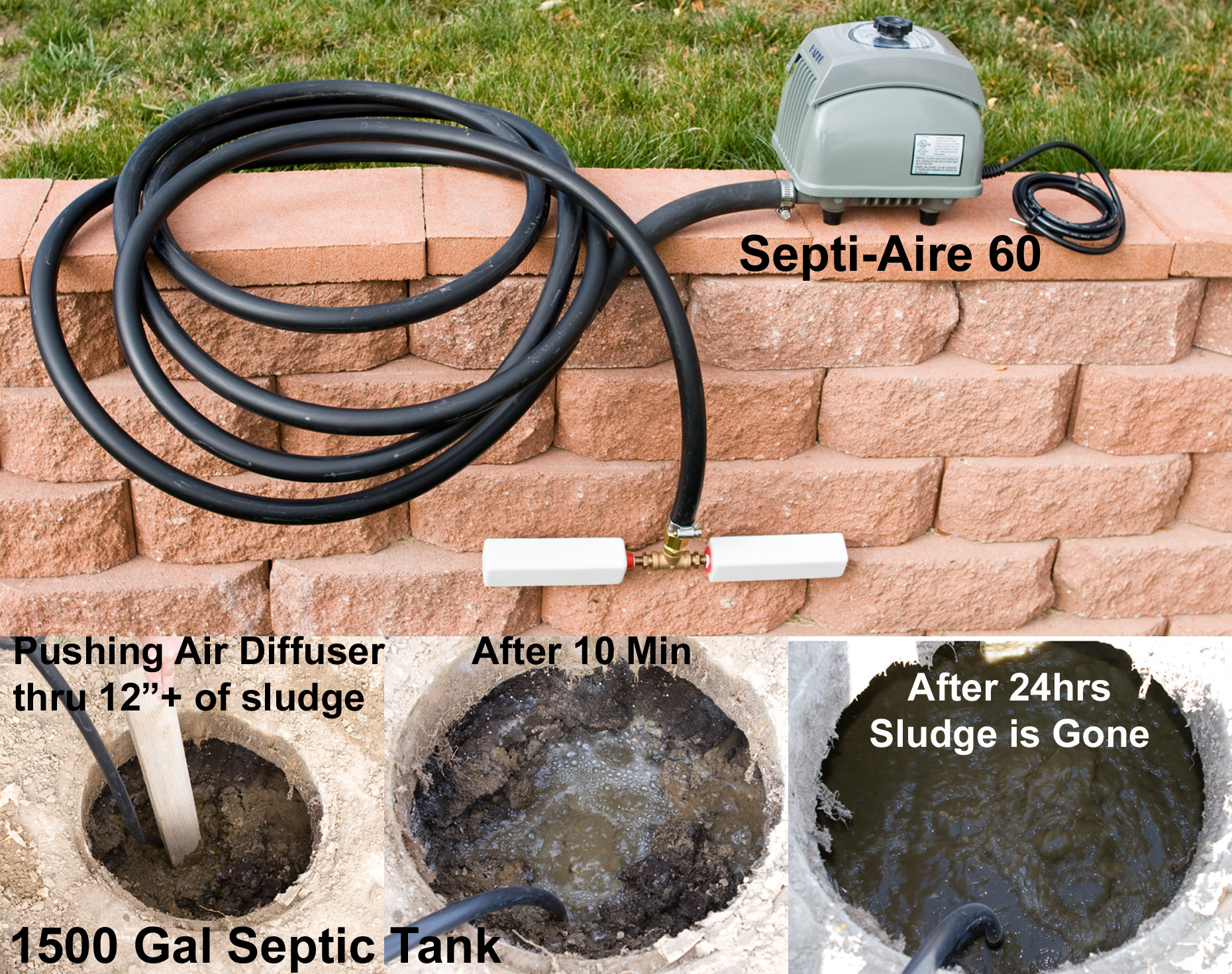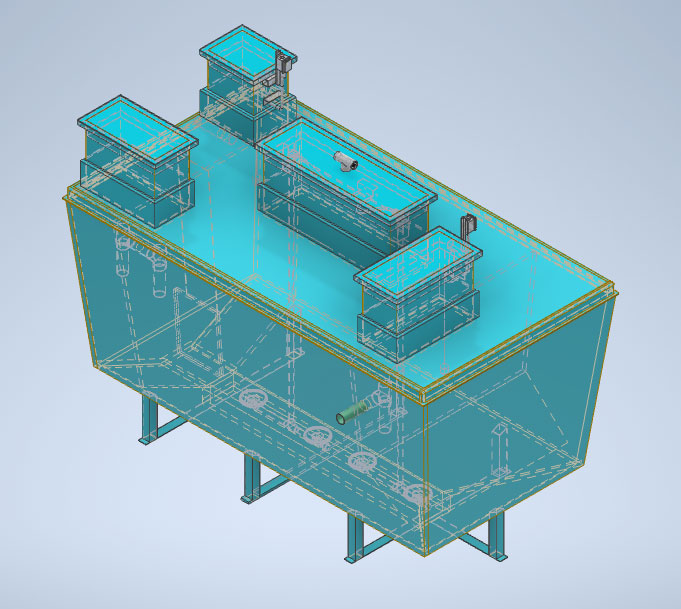New regulations are on the horizon for most of the United States and will affect many owners of conventional septic systems. The owners of these systems, especially if the septic system is old and/or poorly maintained, may face the prospect of converting to an aerobic treatment process. We have heard from a number of owners all over the country who have told us that they have been instructed to convert to or replace their existing septic treatment systems with an aerobic treatment system.
Just a quick note regarding the terminology used in this post; The term “aerobic septic system” is actually an incorrect term. Aerobic and septic are two different treatment processes. We are using this term because we have found that it is used by many of our customers. A correct term would be “aerobic treatment system” (ATS) or something similar.
In addition to providing information and details, this blog post will answer the following questions:
- What is the difference between a septic tank and an aerobic septic system?
- Why convert a septic tank to an aerobic septic system?
- How do you convert a septic tank to an aerobic septic system?
What is the difference between a septic tank and an aerobic septic system?
Air or No Air
The simple answer is an aerobic septic system or aerobic treatment system uses air introduced into the water being treated to sustain aerobic bacteria or microbes that consume the pollutants in the wastewater. A septic tank uses anaerobic microbes that do not require air to sustain themselves to consume the pollutants in the wastewater.
Aerobic vs Anaerobic Bacteria
Aerobic microbes consume pollutants faster and more completely than anaerobic microbes. Therefore, an aerobic treatment system is more effective at treating wastewater than a comparable sized septic system. Because of the more complete treatment of wastewater a properly maintained aerobic system can prolong the life and lower the maintenance of a drain field because it will pass less solids out of the system.
Equipment
From an equipment perspective, a septic system is much simpler than an aerobic treatment system. A septic system usually consists of a single tank that is divided into multiple chambers. The tank will have some access ports for inspection and pumping. Other than regular pumping, there is no real operational requirements for a septic treatment system. An aerobic treatment system also mainly consists of a single tank that is divided into multiple chambers. The main difference is that an aerobic treatment system requires a method for introducing air into the wastewater. This requirement necessitates additional equipment such as mixers, air compressors, media and other means that will need electrical power and maintenance to operate.
Why convert a septic tank to an aerobic septic system?
There are many reasons to convert from septic to aerobic:
- Changes in permit requirements that necessitate the switch from septic to aerobic
- Drain field conditions require a higher level of treatment offered by aerobic treatment
- A desire to protect the environment
- Close proximity to drinking wells and aquifer
In short, if you want better treatment of your sewage and to improve the quality of the water you are putting back into the environment, an aerobic treatment system accomplishes that.
Remember (especially if you use a well for drinking water), the water you put back into the earth eventually comes out of your tap!
How do you convert a septic tank to an aerobic septic system?
So, you have a septic tank and you’ve decided that an aerobic system is the way to go, now what? Well, you have two basic choices:
- Add equipment to your existing septic tank so that it can utilize aerobic bacteria.
- Remove your septic tank entirely and install an aerobic treatment system.
This blog post only addresses the treatment system itself and does not address the drain field or issues related to drain fields. If you have a drain field that is clogged or damaged, it needs to be addressed separately. Simply converting from septic to aerobic treatment will not fix your drain field!
Option 1: Adding equipment to convert a septic tank to an aerobic treatment system
There are systems available that can be installed in a septic tank to convert it to an aerobic treatment process. They typically consist of a small air compressor, some tubing and a diffuser that is placed in the septic tank. By adding air however, we are also going to mix the contents of the tank meaning solids that would ordinarily be sitting on the bottom are now going to be swirling around the tank. This will require a settling compartment downstream of the compartment that receives the aeration. If you have a septic system with multiple compartments, then add air to the upstream (first) compartment and use the downstream (second) one for settling. If you have a single compartment septic tank, this mixing will probably cause too many solids to pass out of the system and will clog your drain field in a short period of time. If you have a pump tank downstream of the septic tank for your drain field, that might be used for settling. If you have a single compartment tank and you don’t have a pump tank, you will need to add a settling tank downstream of your septic tank to allow the solids to settle out prior to discharge or install some kind of filter system or both.
-
 Add to WishlistAdd to Wishlist$815.00 – $1,197.00
Add to WishlistAdd to Wishlist$815.00 – $1,197.00
We typically advise the addition of beneficial microbes once the aeration system is installed. By adding the microbes, you are jump starting the population of bacteria that does the work of treating the wastewater in your system!
Option 2: Remove your septic tank entirely and install an aerobic treatment system
This is typically the most expensive route. It is also the most completely effective route. By replacing the system, you can get a tank that had been designed for aerobic treatment. You can also select additional components that enhance the quality of the water going in and out of the treatment system based on your requirements. The footprint of an aerobic treatment system should be very similar to the septic system it is replacing.

